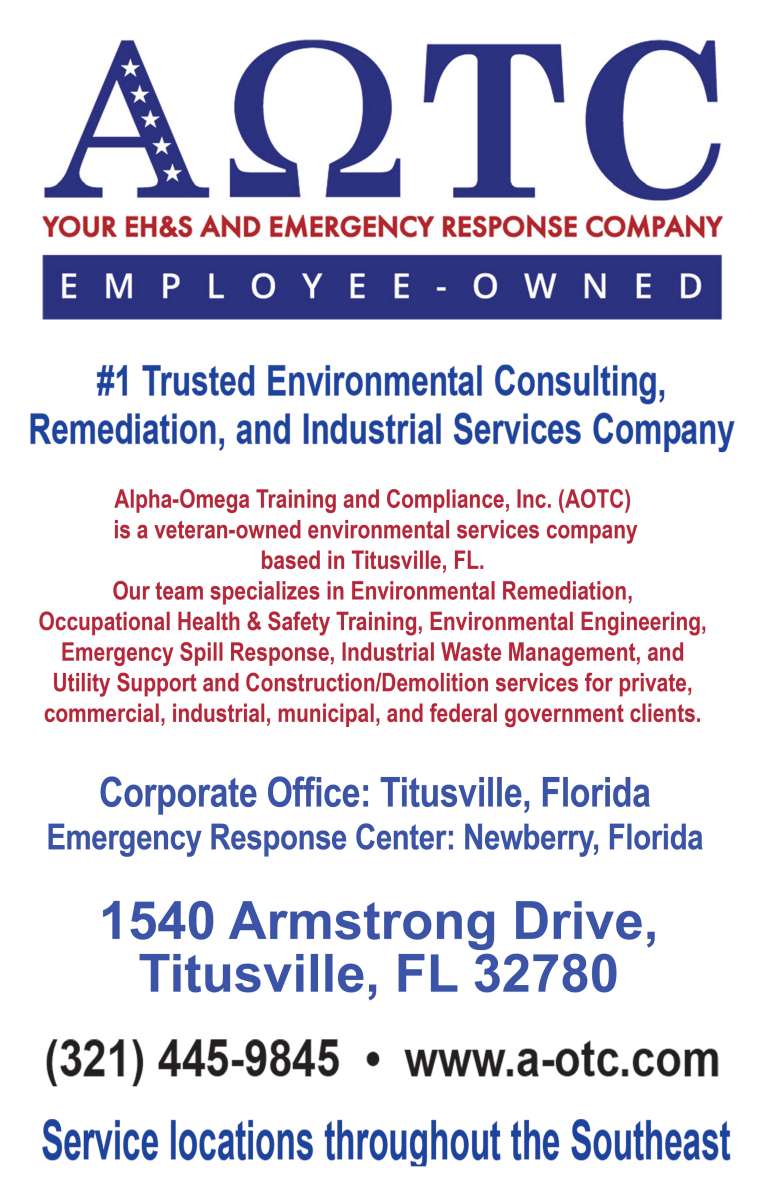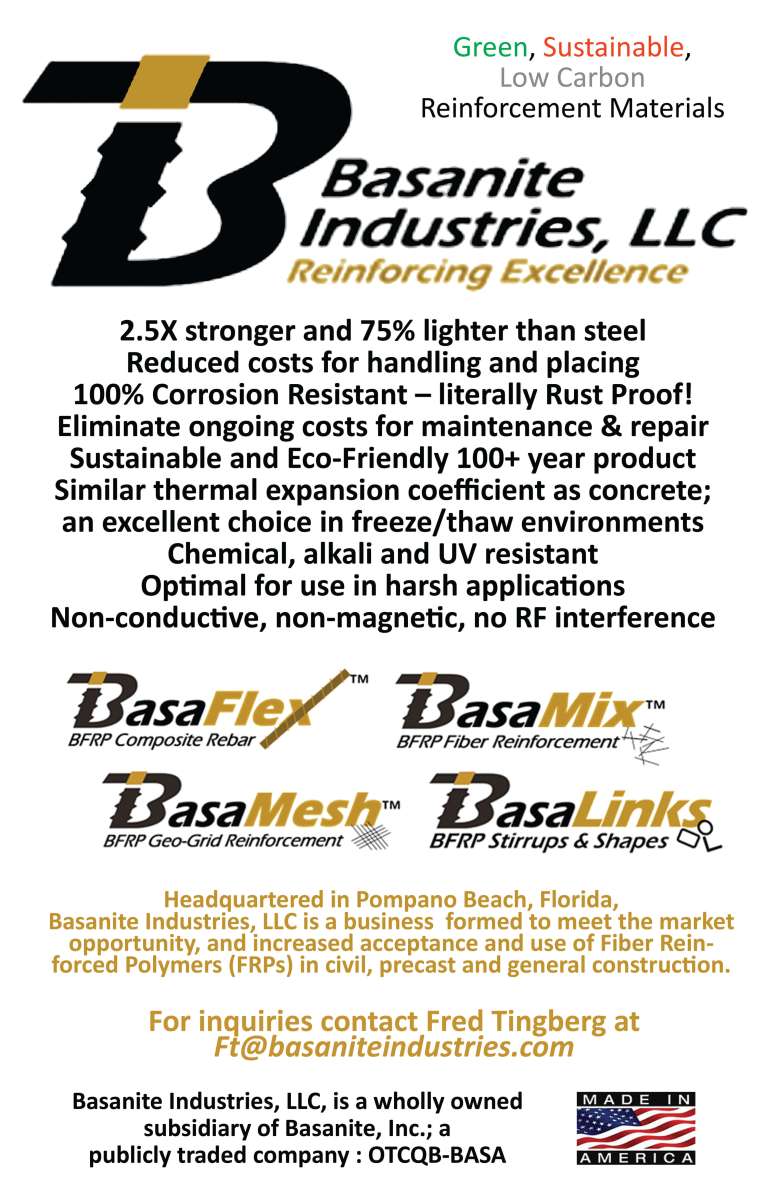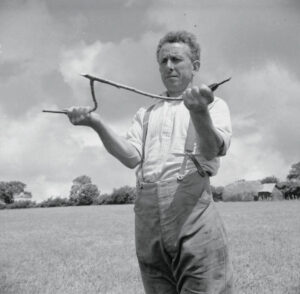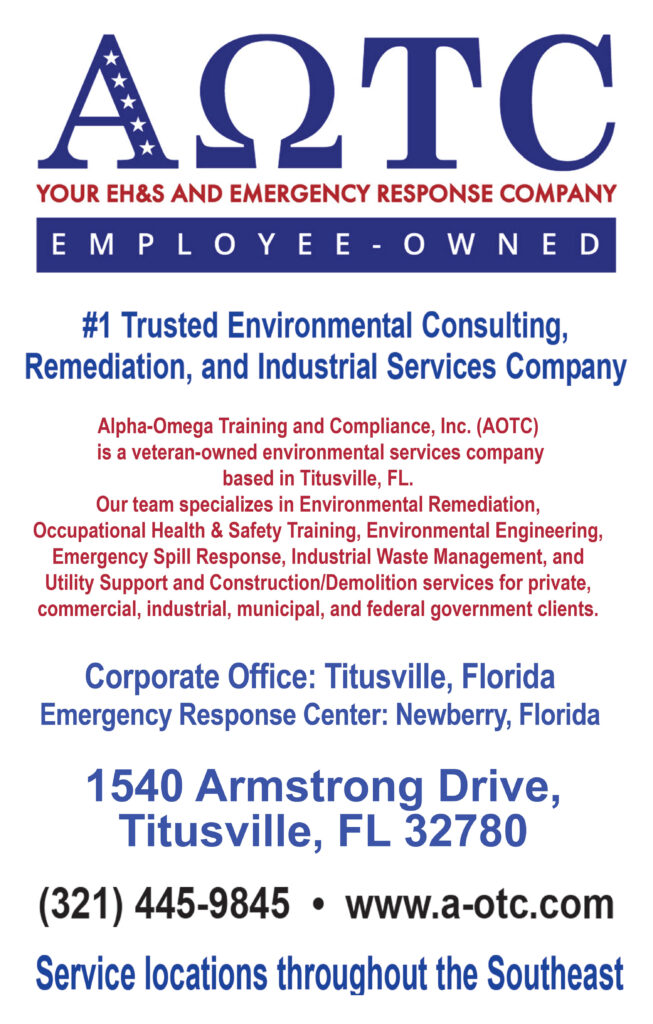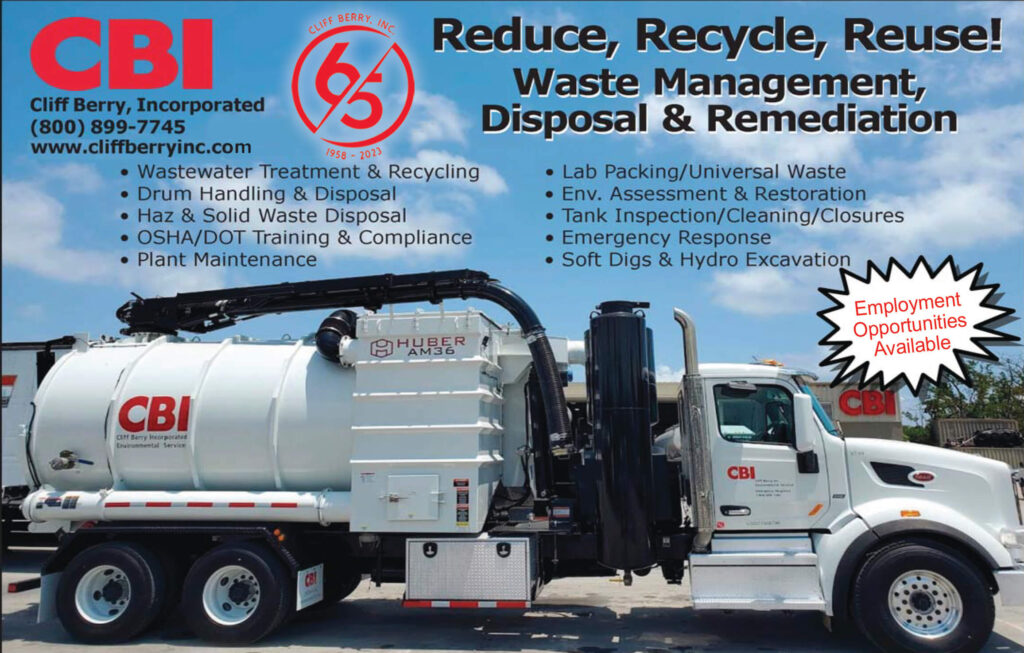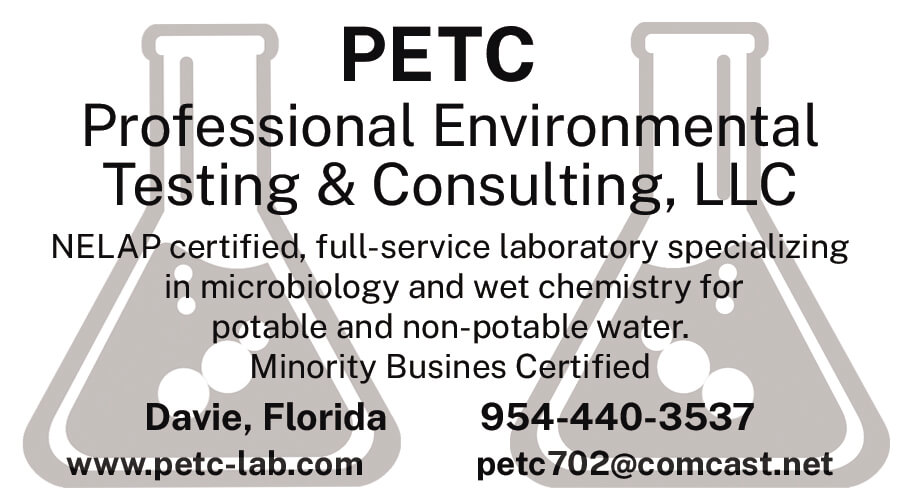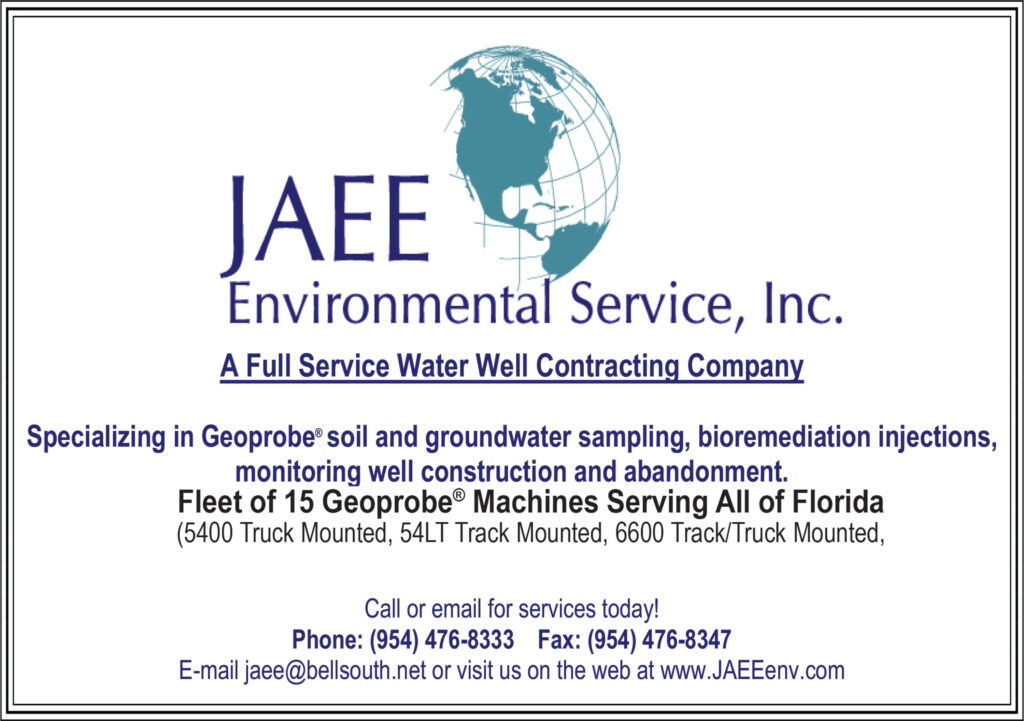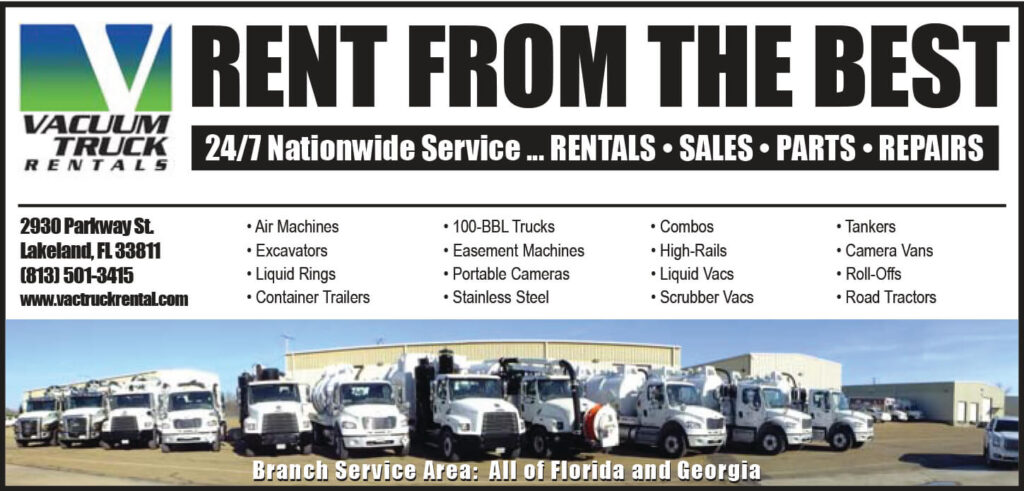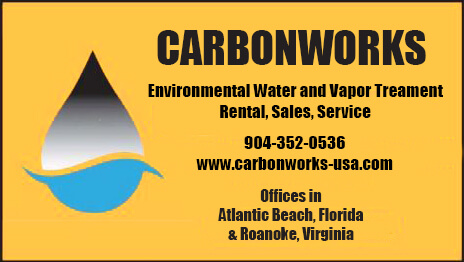By LEO CANNYN, PMP,
P.E., ENV SP
Principal Project Manager
Beryl Project Engineering
Gone are the days of slide rules and compasses.
Today, structural engineering demands more and professionals need to complete tasks quickly, more efficiently, and cost-effectively.
From drones to thermal imaging and the latest design software, technology continually is improving and advancing. These innovations are applied in the areas of safety, sustainability, and structural design ranging from incorporating more energy-efficient materials or using pioneering tools to determine a building’s safety, especially after a significant storm event.
As technology changes, professional engineers need to stay ahead of the curve, be informed, and up to speed with regards to tools, software, best practices, etc. Here are two examples of game-changing technology used in structural engineering today:
Unmanned Aerial Vehicles (UAVs) or Drones
The unlimited capability of drones to work on various tasks has made this technology, DaaS (Drones as a Service) one of the more significant advancements for many industries. Previously reserved for military use, drones are now common-place, used across many disciplines, engineering is no exception. The technology that powers drones is advancing at a rapid pace, allowing them to be used for ever-increasing complex needs.
Structural engineers use drones to take high-resolution, aerial photos of potential construction sites or areas that have sustained damage after a natural disaster.
The survey technician can obtain data points and create a three-dimensional model. The images captured provide an incredibly accurate visual representation and also shorten the time required to complete tasks versus traditional methods.
Drones are most useful for sites with limited access, for example, wetlands, dense forests, and steeply sloped areas. Drones perform risky jobs and have improved worker safety.
According to OSHA, one in five worker deaths in the private sector in 2019 were in construction. Additionally, given that only one drone operator is required, not only is safety increased but project costs are reduced.
Drones effectively support:
• Roadway assessment
• Building inspections
• Roof inspections
• Site reconnaissance
Thermal Imaging or Infrared Thermography
Irrespective of the type of structure, a thermal imaging scan can help owners avoid unexpected and costly surprises.
Thermal imaging applied to structural analysis is anticipated to grow to $4.7 billion globally by 2026. Although not quite like X-ray vision, thermal cameras help identify construction defects using a process that looks at warm and cold heat “signatures.”
The camera presents a color scale showing relative temperature differences, with red or white as the warmest and blue or purple as the coolest.
Thermal imaging allows the user to gather data and analyze an object in a non-destructive way, accurately diagnosing the condition and revealing any potential structural flaws, for example, moisture detection, water infiltration, cracks, voids, heat loss, or air leakage.
While detecting leaks is a significant benefit, determining construction quality or performance may be a better use of thermal imaging.
During construction or renovation, thermal cameras allow builders to document energy performance.
Any detection of potential issues enables adjustments to be made.
Early detection saves the project from incurring additional expenses, costly mistakes, or delays.
Common areas to inspect with thermal imaging:
• Ceilings
• Exterior walls
• Plumbing fixtures, surrounding areas
• Foundation
Technology undoubtedly has improved the industry, helping engineers work safer and smarter.
It is crucial for engineering professionals to keep pace with the latest developments.●




